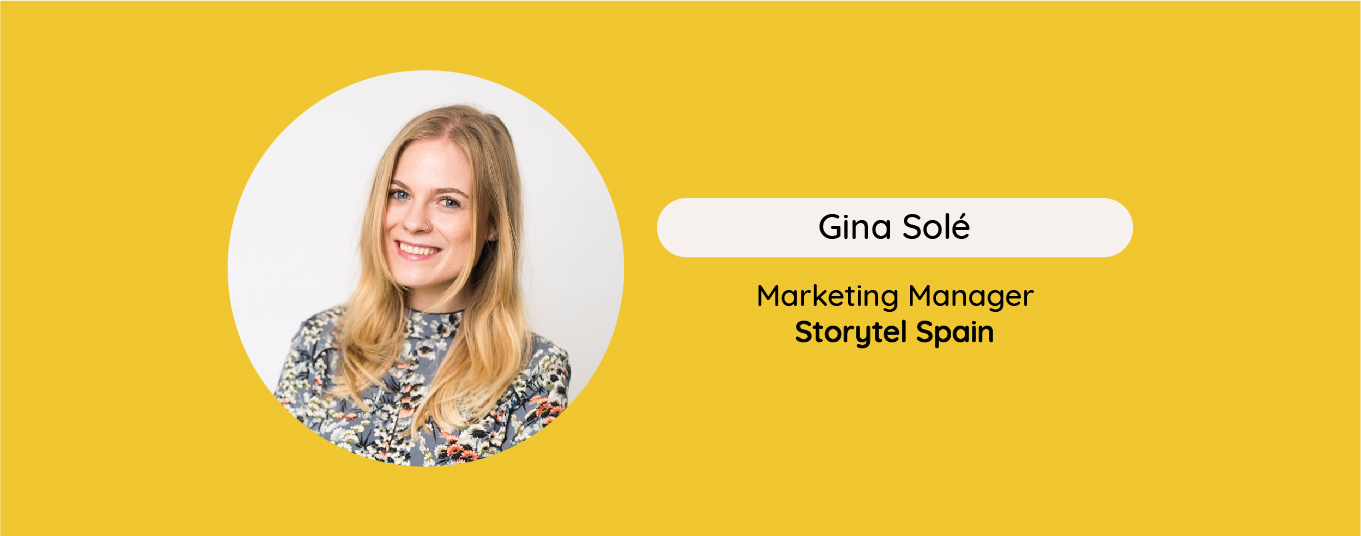

How do companies see telework?
COVID-19 has brought about changes in our lives, and no one knows if we will return to the previous normal; maybe this will be the new normal. Whatever it is, we have reinvented ourselves and got used to teleworking, the hybrid format, and avoiding social contact.
We spoke to four Catalan companies to find out how they have adapted to the pandemic.
- Before the pandemic, had you teleworked?
- How was the communication and relationship among the staff during the pandemic?
- Did you have to look for alternative methods, such as online teamwork platforms?
- How are you living it now? Have you returned to the offices or are you doing a hybrid format?
Luis Rodríguez, Marketing and Sales Director | Bella Aurora
- No. We mostly work in the office with some flexibility to be able to work from home at specific times, such as family situations or personal arrangements, but very sporadically.
- Very well, there was a lot of constant communication and a lot of team feeling. People turned to help with the situation, and this allowed us to continue the activity with very little impact. Although the relationship at first cost a little more due to the lack of direct contact, we sought complementary reasons and ways to compensate for this lack of face-to-face contact.
- The first thing that was done was to provide all the people who did not have it with portable computer equipment and remote connections to work from home. We had already started using some computer tools for remote collaborative work, and with the pandemic we will speed up their use. We mostly use Microsoft applications and in particular we use Teams and Planner very intensely.
- We have not returned yet, because the situation is not yet fully resolved. We plan to return in early September, when we hope we can all be vaccinated.
Gina Solé, Marketing Manager | Storytel Spain
- Before the pandemic, I teleworked at very specific times. If one day you are not feeling well, or you have an appointment with the doctor, for example. But there has never been total flexibility.
- In my case, I joined Storytel in November 2020 and until two weeks ago, I didn’t meet the team in person! It was a weird mix, we knew each other, but at the same time it was weird to see our full bodies. Pandemic communication is reduced to many (perhaps too many) video calls.
- Yes, we looked for a way to be able to organize all the projects we have on the table and weekly 1-to-1 meetings.
- So far we have not returned. There is free choice to go to the office whenever you want, but Storytel is very aware of the current situation in all the countries where it is present, and we are all teleworking. In addition, they have already implemented a super-flexible post-pandemic telework strategy. Which I find great.
Almudena Cara, People Manager | Buff
- Yes, we had Home Office policy for a year and a half, one day a week for all people who had to travel more than 30 km or had to work on projects. Precisely in February, we had conducted an assessment survey of both people working from home and their managers to expand groups and days improving aspects.
- Internal communication became an indispensable element to be able to manage the situation. In the first weeks of the pandemic, communication was almost daily via email and Intranet. At all times, people knew in what situation we were and how we should act. We also intensify the use of the Intranet to give voice to all people in the company by sharing both operational messages (focused on the safety and health of workers), strategic messages (sales evolution and company situation), and messages with more human content. We launched a series of personal interviews called “A day confined with…” where a person from the team told us about how they lived their day to day, recommended activities to do in confinement, books… We even celebrated from the news of a pregnancy to a birth, as well as celebrating St. George’s Day with a Jordi and a Jordina. There was a lot of emotional support to help adjust the work at home for those people who had not experienced it so far: it was not the same to telework by personal choice as by forced obligation, as was the case.
- Yes, we started using Teams. All meetings, both internal and external, were held online. In this sense, we had no barriers to be able to continue developing our daily activity. Everyone at home had the same equipment we had in the offices (dual screens, elevators, keyboards, helmets, and laptops), making it easy to stay connected at all times.
- We currently continue to telework, with the possibility of coming one day a week for those who want it, without exceeding a maximum occupancy that we have established while we are in COVID-19 situation. During this period, we took the opportunity to review the telework policy that we had by extending its application to all office people and establishing a hybrid model of 3 days home and 2 in the offices. This model is fully flexible, with a common schedule of 6 hours (from 10 to 16) and the rest flexible, individually manageable. The holding of hybrid meetings has been extended, for which we have equipped different company rooms with systems that provide us with the possibility of holding a face-to-face meeting of more than one person with people in other locations. We are also working on a project to reformulate the offices to promote collaborative work and hot desking, making the offices disappear and prioritizing open spaces of different uses for the moment when we can return with the usual frequency.
Neus Rodríguez, Hospital Medical Visitor | Laboratoris Rovi
- No, we had never done telework.
- Well, adapting to the medium full-tilt. We adapted the communication within the company very quickly. What was and is more complicated are the meetings in hospitals with doctors. We had to look for and think about options that had never been implemented before.
- Yes, we use Teams and Zoom to be able to hold team meetings.
- In my case, I’m doing hybrid format, that is, half face-to-face and half telework. In the case of Catalonia, medical visits are only allowed in private hospitals.
Do you want to be the first to receive the latest news about 11Onze? Click here to subscribe to our Telegram channel






Moltes mercès!👏👏👏
Gràcies a tu, Jordi!!!
👏
Gràcies, Daniela!!!
👍
Gràcies, Joan!!!
Crecque es un avenç una eina més una forma més, pebso que el més ideales combinar les dues formes
Hola i gràcies pels teus comentaris i interès
Crec que el teletreball és bo però no a diari, uns dies a la setmana anar a la feina estar bé
Totalment d’acord Rosa Maria, ens veiem a la Plaça!
El teletreball a vingut per quedar-se i tothom hem hagut de fer malabars, adaptacions i nous hàbits, tenint en compte que no s’aconsegueix per igual. La part social emotiva de comunicació no verbal l’hem perduda molt i som una societat de terennà efectiu que ens cal força tocar i sentir a prop a la gent i companys de feina
Doncs sí, Laura, tens tota la raó del món… Agraïm el teu comentari!!!